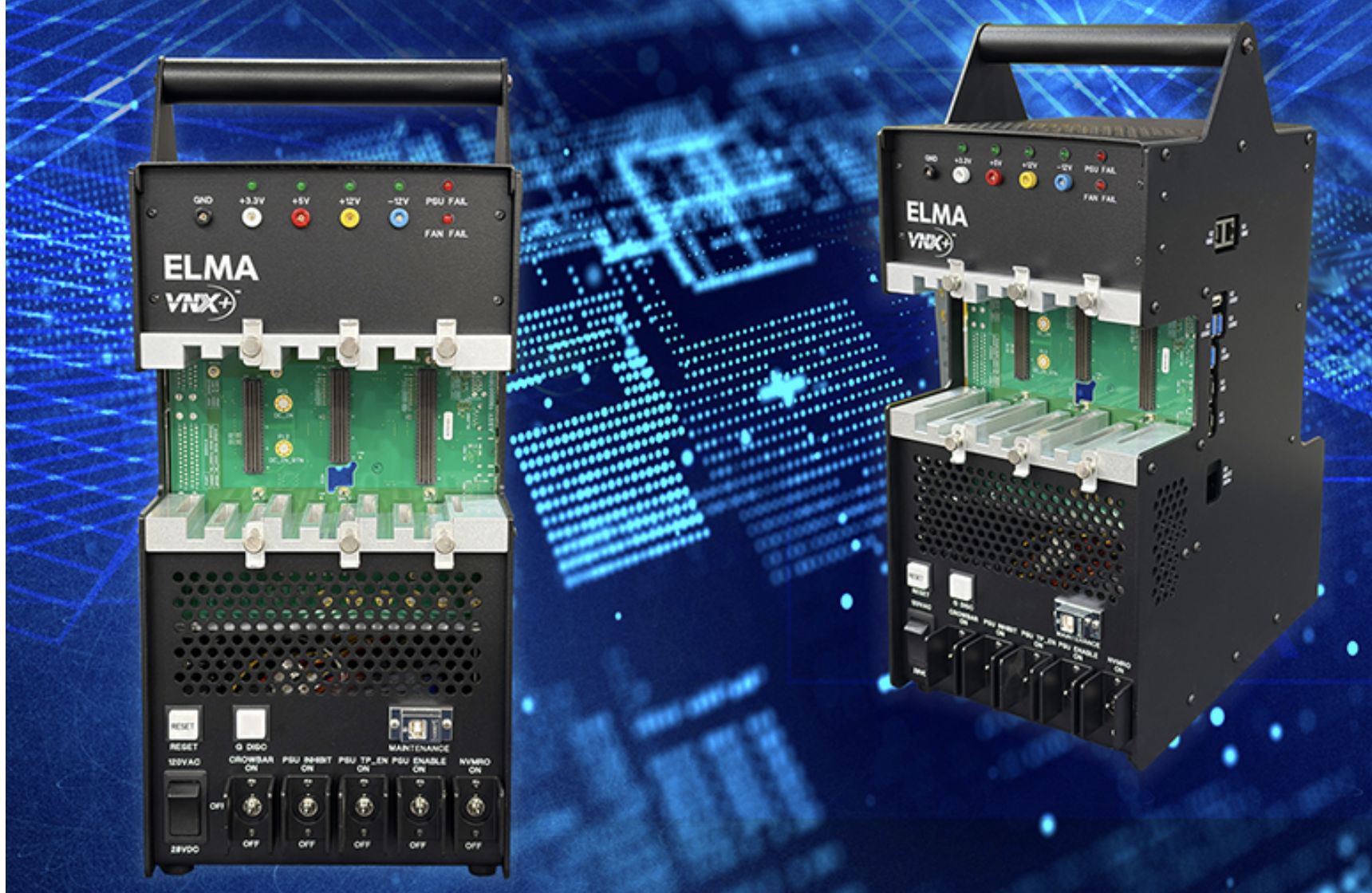When it comes to the kinds of integration we see today, it’s hard to find something more important than chemical/mechanical planarization (CMP) as an enabling technology. Before that, we could only use a couple layers of metal, and after that, the surface just got too irregular to support additional reliable layers. Given the ability to smooth it all out, we seem to be able to go layer after layer without stopping.
The whole chemical/mechanical thing suggests scrubbing with abrasives, along with some chemical etching to encourage things along. Which is more or less what happens.
This is, for us, a kind of sleepy little world that just, well, works. But then I saw an announcement of a new abrasive-free copper CMP process from Dow. Which makes it seem more like CP than CMP.
I asked for a bit more info: it wasn’t clear to me what abrasive-free CMP really meant. And it took a bit of time to get an answer – apparently this is secret stuff, and had to be wordsmithed carefully and approved. Their explanation is as follows:
The standard methodology uses an oxidizer to form an oxide layer on top of the copper; this is the portion that’s going to be removed. That’s the “C” part. Then there are abrasives that take away the copper oxide; that’s the “M” part. The bulk of the effect comes from the mechanical scrubbing.
By contrast, Dow’s focus is chemical: they dissolve the oxide layer rather than scrubbing it. Actually, it’s not even clear whether it’s an oxide that’s formed; they just refer to it as a protective layer: “Dow’s reactive liquid polishing formulations operate, in conjunction with the dynamic motion of a chemical mechanical polishing pad, to facilitate the removal of the copper through a repetitive process of protection and dissolution of copper on the surface of the wafer.”
The idea is partly that there’s less wear and tear on the whole system without abrasives, reducing costs and maintenance. But more significantly, it gets rid of the “dishing” problem – where wide areas with no metal get sunk down, a problem now addressed with fill metal. The planarization happens independent of the metal pattern. That could be a big deal…
More details are available in their original announcement…




